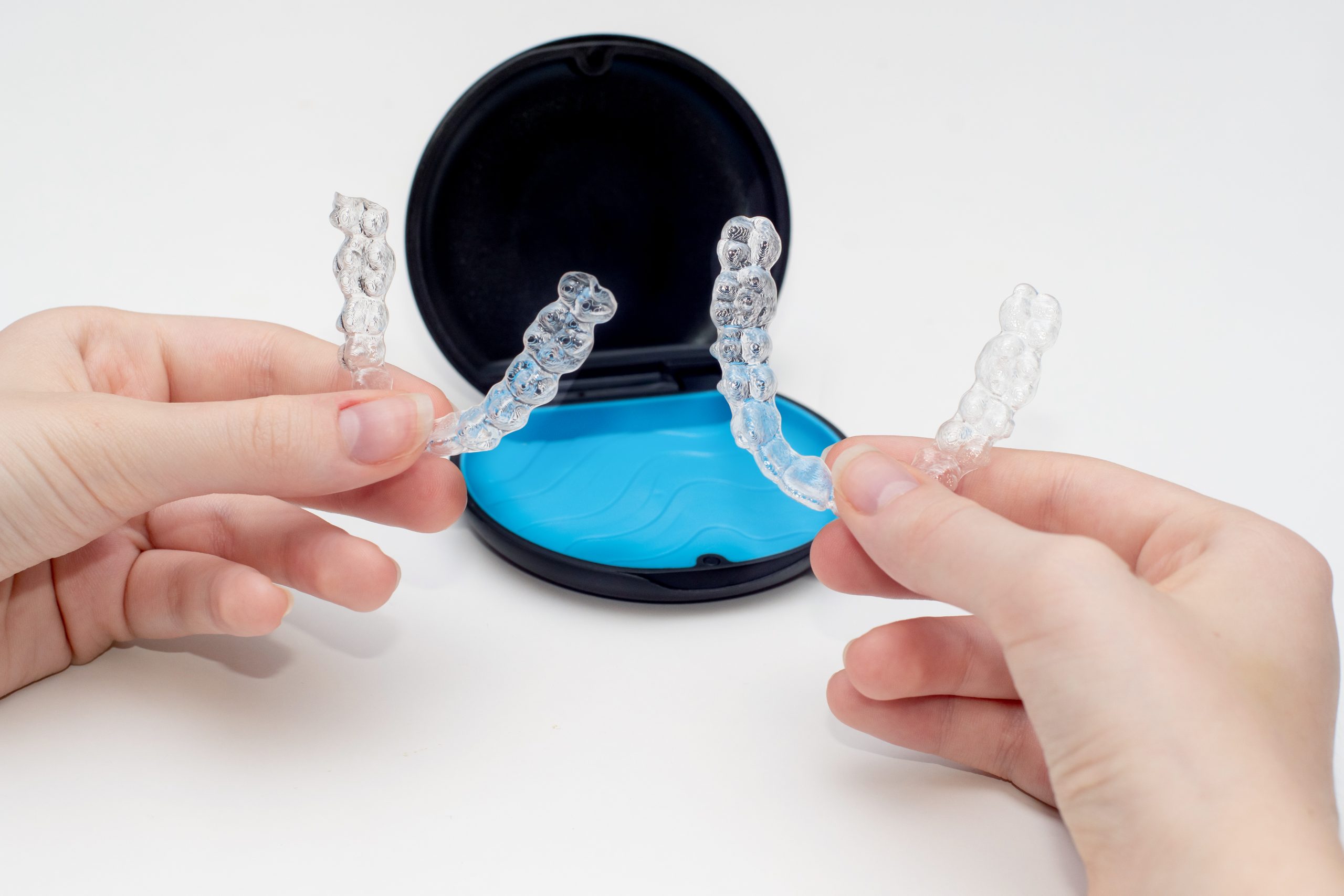Composite bonding is a relatively new cosmetic dental treatment that is growing in popularity. You may also see the treatment referred to as tooth bonding or dental bonding.
In short, composite bonding involves applying a tooth-coloured resin directly to your teeth and creating the desired shape. Once it is ready, a light cures the resin to harden it.
Composite bonding is much cheaper than many other cosmetic dental procedures such as crowns and veneers. It’s also much faster, so you only need one visit.
In this blog, we will take a detailed look at the composite bonding procedure. If you’re thinking about composite bonding, this article will help you understand your options.
What can composite bonding fix?
Composite bonding is a great alternative for more expensive restorations. In general, composite bonding is great for:
-
Chipped or cracked teeth
-
Discoloured teeth
-
Uneven teeth
-
Worn enamel
-
Small gaps in the teeth
-
Minor alignment issues
If you have minor issues you would like to fix, and don’t want to spend a lot of money on veneers or crowns, this is an excellent alternative.
What is the resin made from?
Dental composite resin is similar to that used for tooth-coloured fillings. It is made from a resin-based matrix, such as bisphenol A-glycidyl methacrylate and an inorganic filler such as silica. This is a very hard-wearing, natural-looking and long-lasting material. Once the resin sets, it will look and feel just like a natural tooth.
Composite resin is also very safe. It does not cause any allergic reactions once the procedure is completed. On very rare occasions patients may react to the resin before it is polymerised, but once the procedure is complete, the material becomes non-allergic.
How long does composite bonding take?
Composite bonding is completed in one visit. This is because the material is applied directly to the tooth and then shaped before curing. With other dental restorations, such as veneers, you would need to visit the practice at least twice. Composite bonding is fast and effective; this makes it the ideal choice for those who want immediate results.
What is the procedure?
Every treatment plan will differ, but this is a typical composite bonding patient journey.
-
Book an appointment to discuss your options. Teeth need to be healthy before starting any restorations, so a routine checkup is a great idea.
-
If you are thinking about other treatments such as a scale and polish or teeth whitening, it makes sense to get these done first. This is because these treatments can change the colour of your teeth, so they may be mismatched with the resin if you don’t get it done first.
-
When you have decided to move forward with composite bonding, your dentist will decide if you need an anaesthetic. Most people do not need it, but it depends on the location. If the bonding is filling a cavity, an anaesthetic will be used.
-
Your dentist will prepare the surface of the tooth so that it will stick to the resin material better. A phosphoric etching material cleans the tooth and makes it rougher, so the resin will stick.
-
Next, your dentist will apply the resin material directly to the tooth and shape it to the correct contour. Your dentist will choose a resin match the colour of your teeth, so the results look very natural.
-
Once they are happy with the shape, they will use UV light to cure the resin. This is what turns the soft and mouldable material into a hard, tooth-like substance.
-
They may then use tools to smooth out any rough edges and make sure it feels like the rest of your teeth.
How long does composite bonding last?
This depends on how well you care for your teeth and where the restoration is located. Minor restoration to your front teeth should last longer than a rear restoration. However, if you bite your nails, you might find that the composite bonding wears away faster.
Unlike veneers, which may eventually break or fall off, composite bonding will simply wear down. This typically takes around six years. After this time, you will either need to replace the composite bonding or choose a more permanent dental restoration, such as a veneer.
Composite bonding does not damage or change the teeth underneath, so you can choose to let it wear down and your teeth will not be damaged as a result. This is in contrast to veneers, where the supporting teeth will need to be shaped to make space.
How soon after composite bonding can I eat?
You can go about your day as normal as soon as you leave the dentist’s chair. You don’t have to wait to eat, drink or go back to work. We do recommend that you avoid smoking, and consuming beverages such as tea, coffee or red wine, as these can stain the material. You should also avoid eating very hard food as you will need time to adjust to the changes in your bite.
Am I a candidate for composite bonding?
If you’re looking for composite bonding in Billericay, Essex, we can help! We’re proud to offer this innovative and cost-effective restoration to all patients. To find out if you’re a candidate for a smile makeover, get in touch with Dr Sheena Tanna today.







